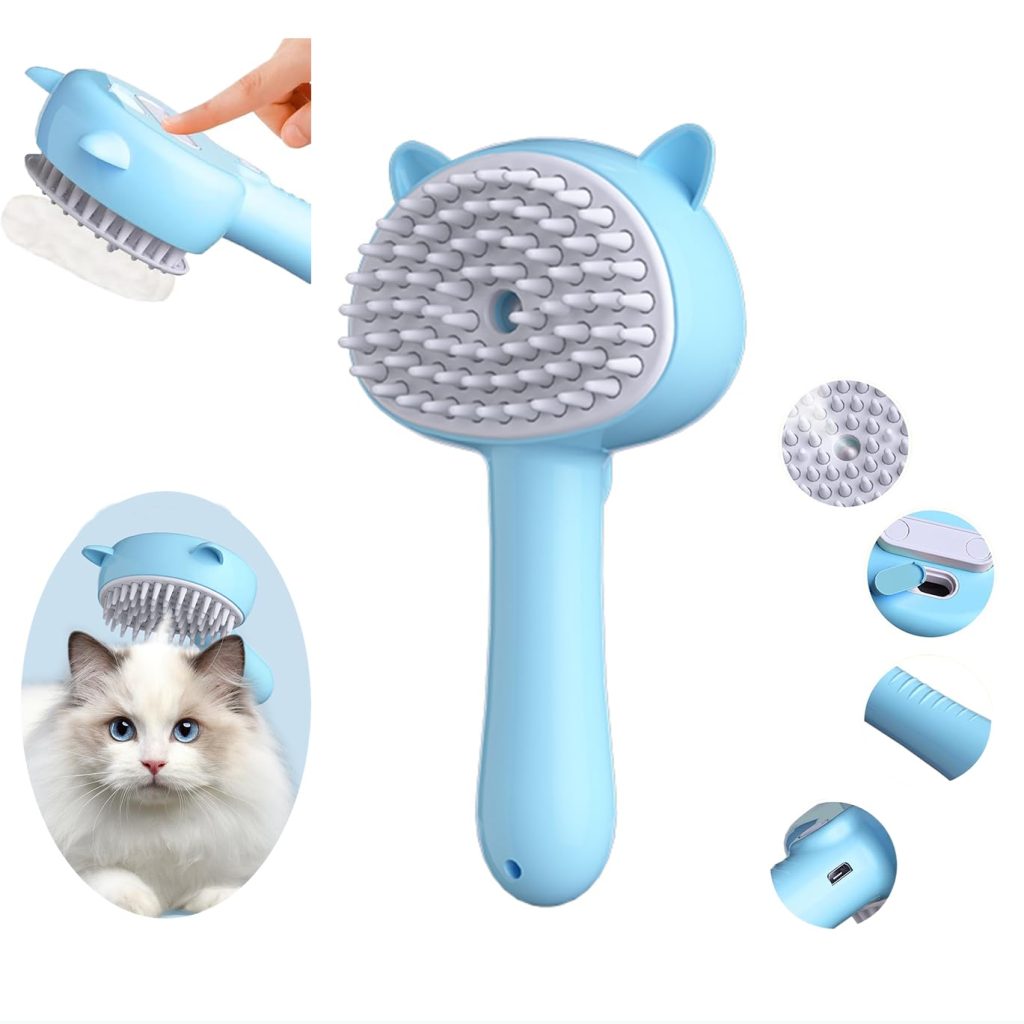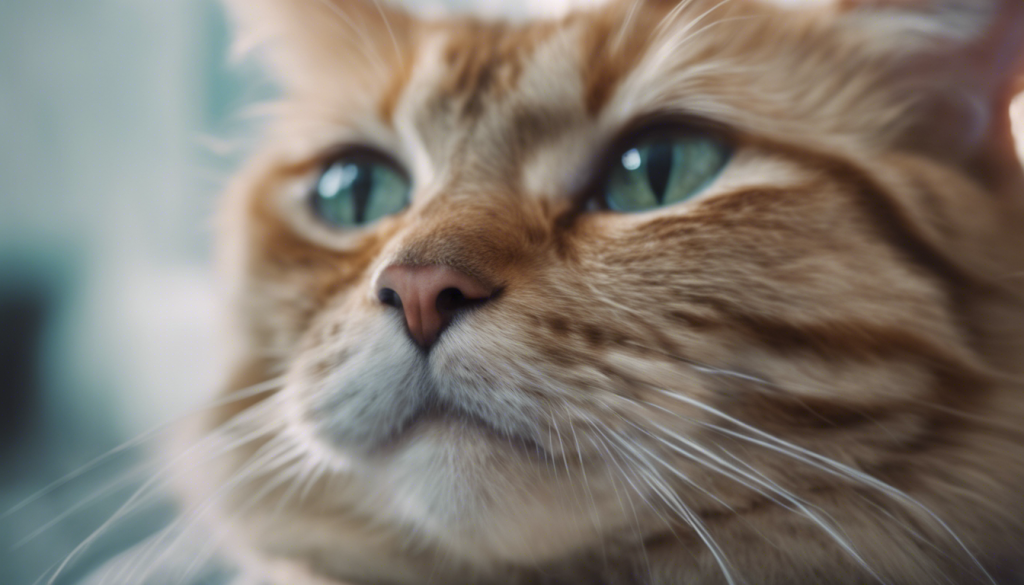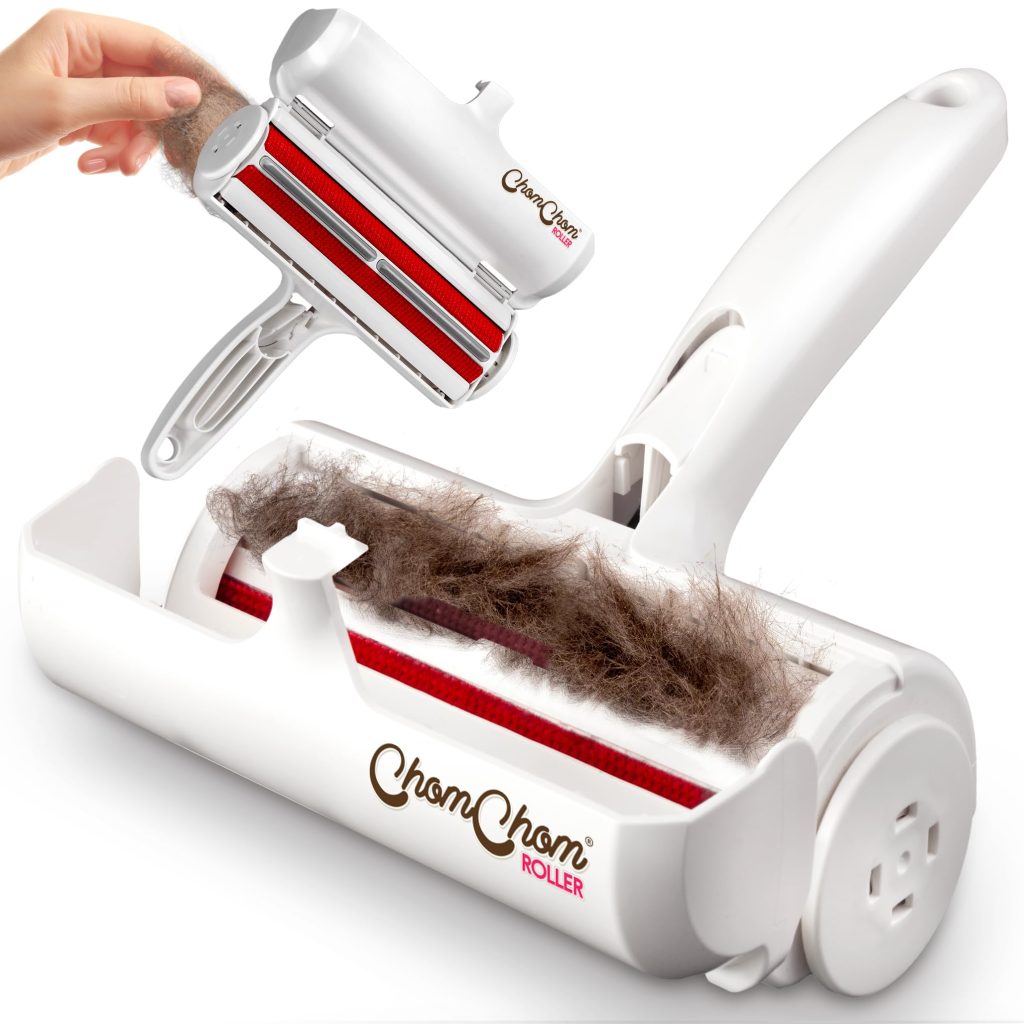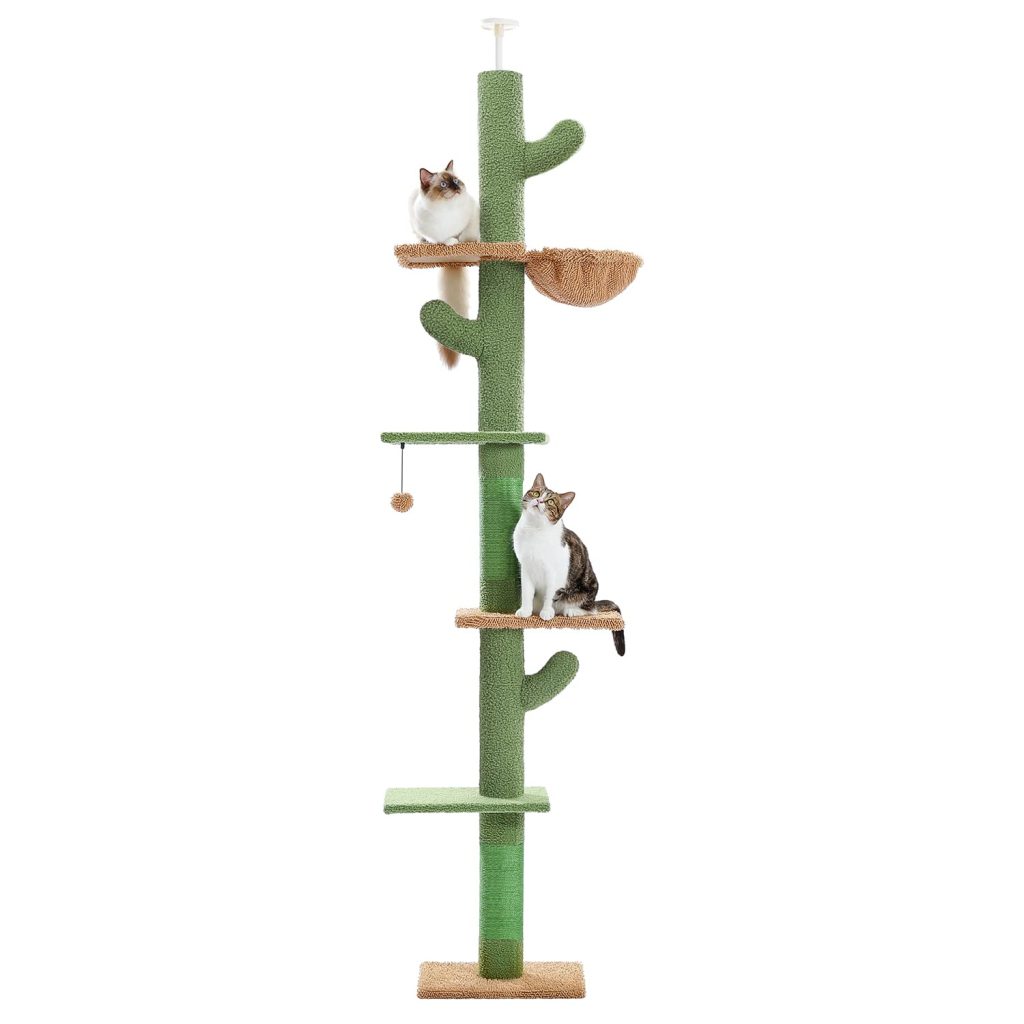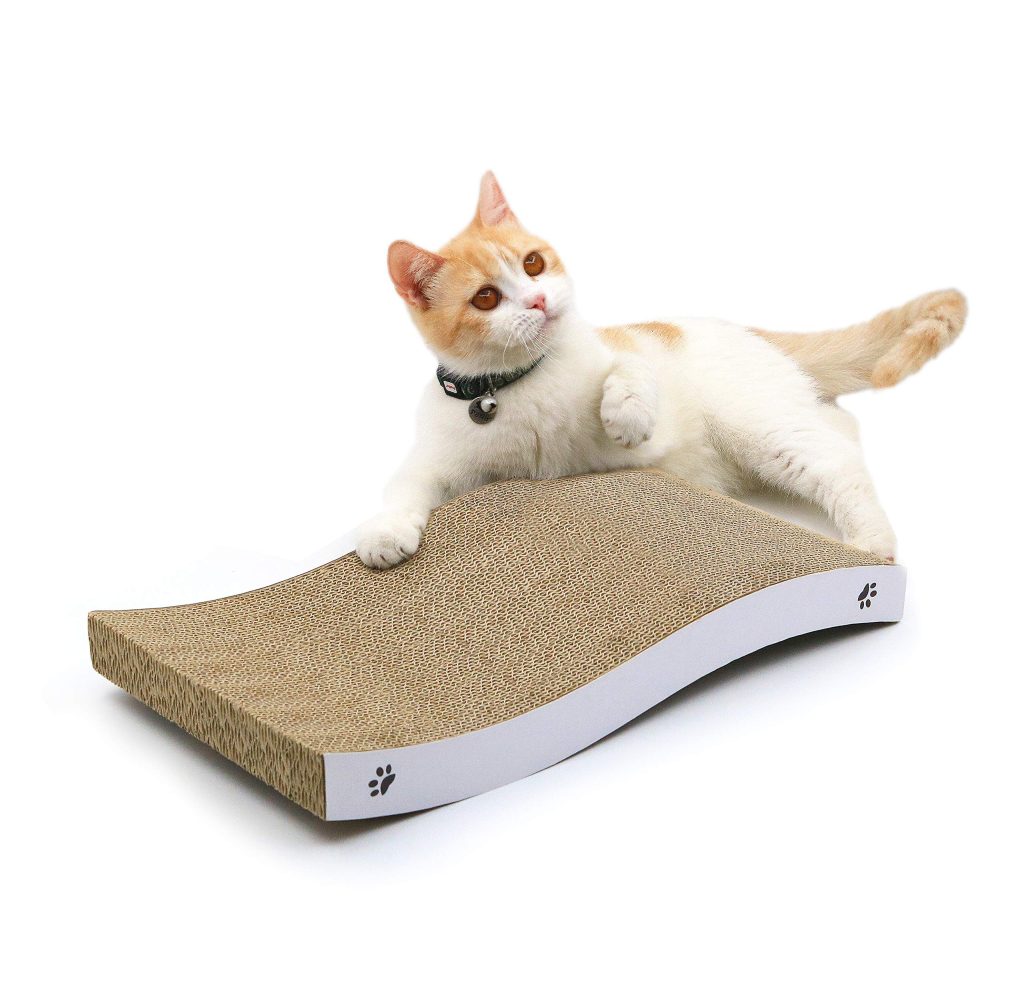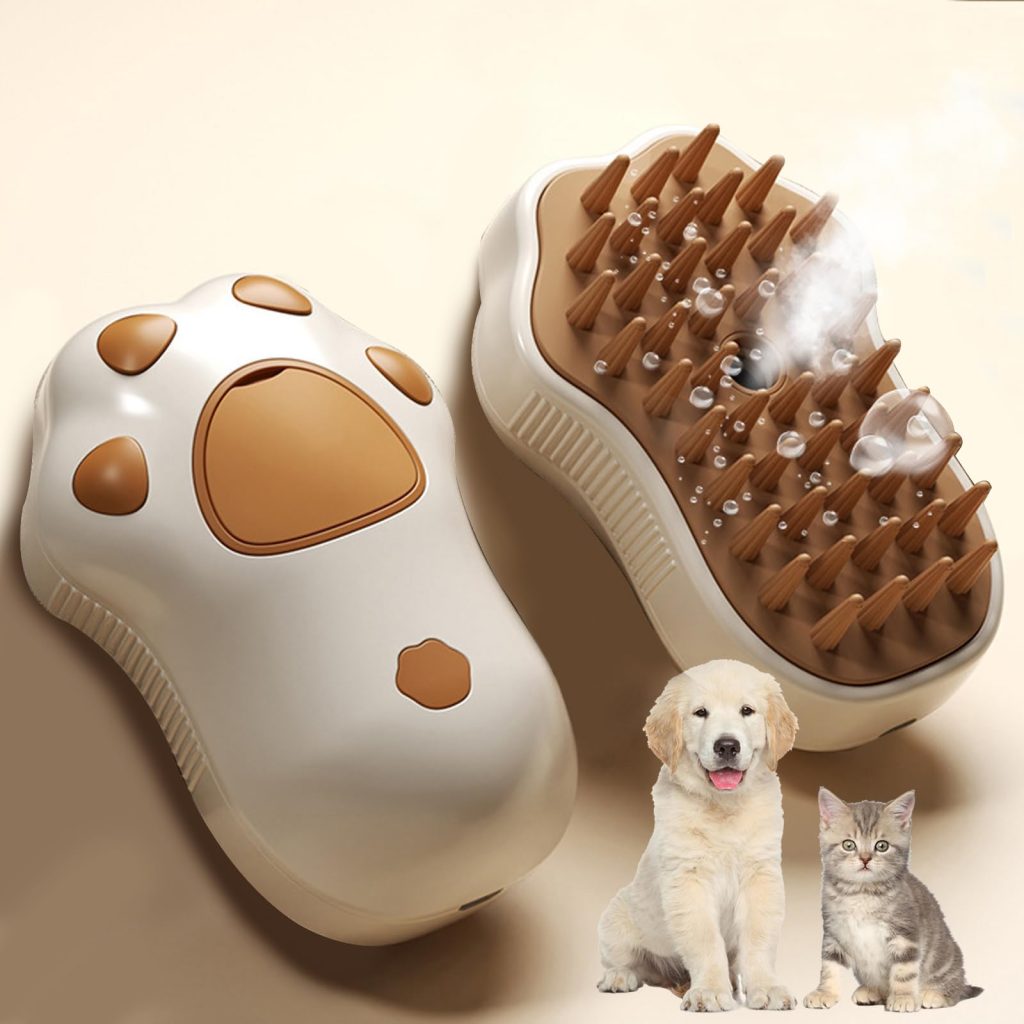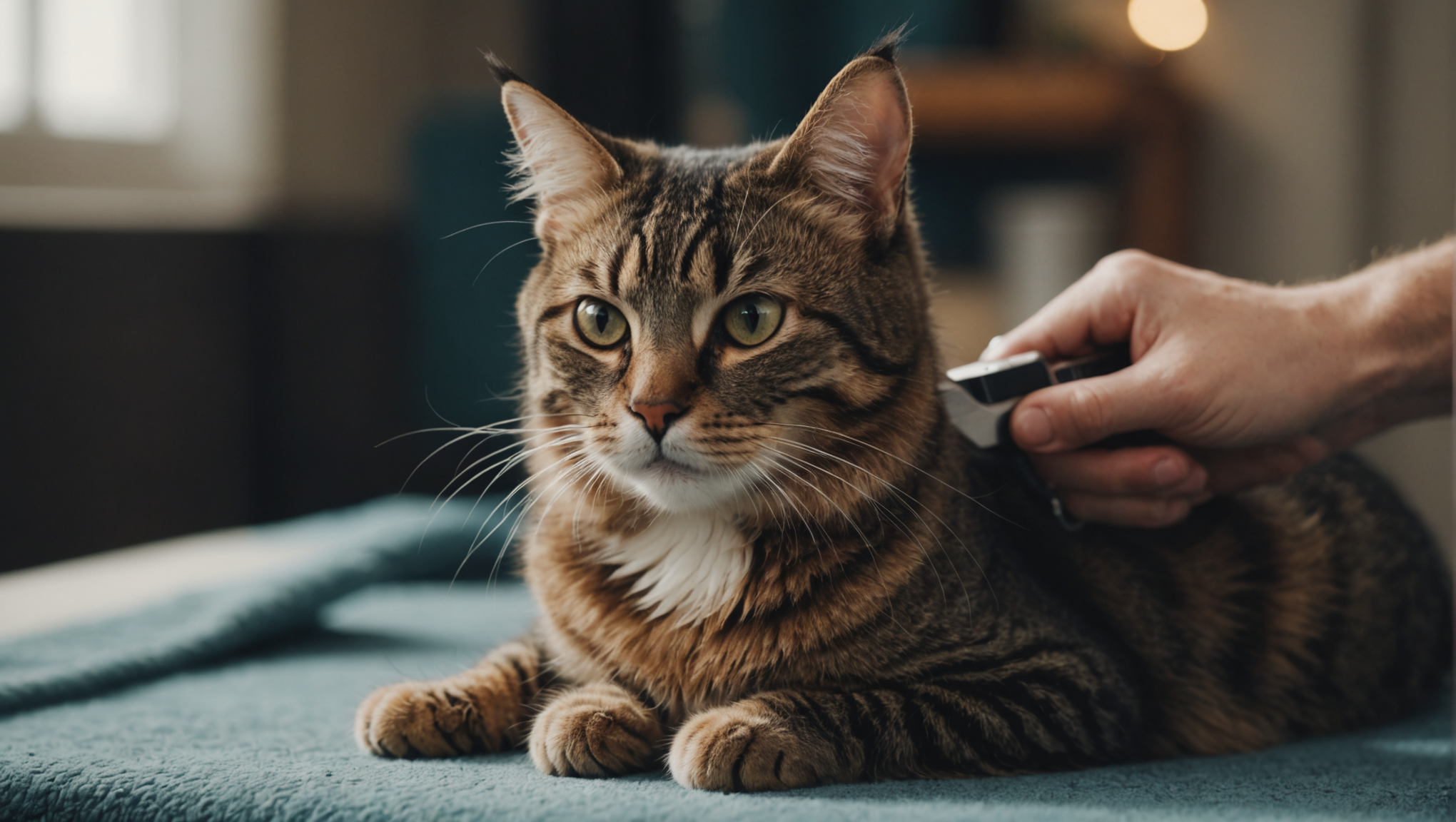
Understanding the grooming needs of your feline friend is a vital step in ensuring their overall health and well-being. Cats, by nature, are meticulous self-groomers; however, they require assistance to maintain their coat’s optimal condition and to address specific grooming challenges that arise due to their unique anatomy and habits.
First and foremost, it especially important to recognize that different breeds have varying grooming needs. For instance, long-haired breeds such as Persians and Maine Coons are prone to matting and tangles, which can lead to discomfort and even skin issues if not managed regularly. Conversely, short-haired breeds may require less frequent brushing but can still benefit from the occasional grooming session to eliminate loose fur and reduce the likelihood of hairballs, which are a common concern among our whiskered companions.
Additionally, understanding your cat’s individual behavior can provide invaluable insights into their grooming requirements. For example, a cat this is more prone to anxiety may respond negatively to vigorous grooming, leading to a negative association with the process. In such cases, initiating grooming sessions gradually and incorporating treats or soothing vocalizations can help to create a positive experience. As the renowned cat behaviorist, Jackson Galaxy, aptly states, “Connection with your cat comes from understanding their needs.” Therefore, tuning in to their unique personality traits is imperative in adjusting your grooming approach.
Furthermore, seasonal changes can also influence your cat’s grooming needs. Many cats develop a thicker coat during colder months, which necessitates more regular grooming to prevent overheating and to facilitate the shedding process in spring. Observing your cat’s coat condition frequently will allow you to adapt your grooming practices accordingly. This attunement to their natural cycles reflects a holistic understanding of feline care and demonstrates a deep respect for their health.
Lastly, it’s vital to note that grooming extends beyond mere coat maintenance; it plays a significant role in monitoring your cat’s skin health, identifying potential parasites, and noticing any unusual lumps or bumps that may require veterinary attention. Regularly inspecting your cat while grooming can help you catch potential health issues early, ensuring that your furry companion leads a longer, healthier life.
In essence, embracing a thorough understanding of grooming needs not only aids in maintaining your cat’s physical appearance but also fosters a deeper bond between you and your cat. The act of grooming becomes an enriching ritual, a time for connection and mutual trust, transforming what might seem like a chore into a tender expression of care and affection.
Essential Grooming Tools
Equipping yourself with the right tools is fundamental to mastering the art of cat grooming, as the efficacy of your grooming sessions largely hinges on the instruments you choose to employ. Much like a painter relies on quality brushes to create a masterpiece, a dedicated cat owner must curate a selection of grooming tools that will facilitate a smooth, enriching experience for both the cat and the groomer.
First on this essential checklist is a quality brush, tailored to suit your cat’s coat type. For example, slicker brushes are indispensable for long-haired breeds, as they effectively detangle knots and remove loose fur, while bristle brushes are well-suited for short-haired cats, helping to distribute natural oils and maintain coat shine. Some pet parents also find that rubber grooming mitts can be effective not only for removing loose hair but also for providing a comforting massage, which can enhance the grooming experience for a more anxious feline.
Moreover, combs are equally important; a metal comb with wide and narrow teeth can be your best ally in tackling mats and tangles without pulling on the skin uncomfortably. It’s worth noting that specific combs designed for reducing shedding can be pivotal in managing seasonal fur explosions, mitigating the prevalence of hairballs and keeping your home fur-free. As the old adage goes, “An ounce of prevention is worth a pound of cure,” and investing in these tools preemptively can save you from future messes.
Next, nail clippers specialized for cats should be on your grooming tool list. Keeping your cat’s claws trimmed is essential for their safety and comfort, as overgrown nails can lead to painful conditions or accidental punctures during play. Look for clippers specifically designed for cats, which come in various styles, including scissor-type and guillotine-type, enabling you to choose one that you feel most comfortable wielding. Remember to introduce nail clipping gradually to your cat, as patience and gentle handling are paramount in avoiding stress and ensuring a cooperative spirit.
A good pair of grooming scissors can also be invaluable, particularly for breeds that require occasional shaping or for those pesky mat removal tasks. Investing in rounded-tip scissors will help you navigate sensitive areas around the face and paws safely, minimizing the risk of accidental nicks. As always, consistent practice and positive reinforcement during the grooming process can make your cat more accepting of this necessary task.
Equally important is the role of grooming wipes or sprays, especially for cats that may struggle with regular bathing. These products can assist in maintaining cleanliness and reducing odors between grooming sessions, offering a convenient and gentle solution for spot cleaning. Formulated with cat-safe ingredients, these wipes may also help in reducing the build-up of allergens, thereby promoting a healthier environment for both you and your beloved pet.
Finally, never underestimate the value of a cozy, safe grooming space. A comfortable non-slip mat can provide a stable foundation for your grooming sessions, alleviating any anxiety your cat might feel when perched on a slippery surface. Creating a serene atmosphere—perhaps with soft lighting or calming music—can also play a significant role in calming your cat, transforming grooming from a potentially stressful experience into a delightful bonding opportunity.
When it comes to cat grooming, the right tools combined with a gentle approach can turn what some may perceive as a chore into an enjoyable activity that enhances the connection you share with your feline companion. With preparedness and the correct equipment, grooming becomes not only a necessity but also a special ritual of trust and companionship.
Techniques for Effective Grooming
When it comes to executing grooming techniques that are both effective and enjoyable for your feline companion, several strategies can significantly enhance your grooming sessions. Each of these methods emphasizes the importance of patience, understanding, and a gentle touch, allowing for a seamless interaction that can foster trust and affection between you and your cat.
To commence a successful grooming session, it is paramount to establish a relaxing environment. Choose a quiet location free from distractions and noise, where your cat feels comfortable and secure. Ensuring that your cat is in a calm state of mind can pave the way for a more cooperative grooming experience. Prior to beginning, engage in a few moments of bonding, perhaps through gentle petting or playful interaction. This initial connection will help set a positive tone, making your cat more receptive to the upcoming grooming process.
Once you’ve established a calming atmosphere, gently start with a brush, using slow, deliberate strokes in the direction of your cat’s fur. This technique not only removes loose hair but also stimulates the skin and distributes natural oils throughout the coat, which contributes to its luster and health. It is essential to pay attention to your cat’s body language; if they seem agitated or uncomfortable at any point, take a step back and offer a break if needed. Encouraging your cat during grooming with soothing words, soft strokes, and even treats can transform their experience, making it a positive ritual they look forward to rather than a chore to dread.
Addressing areas that are prone to tangling or matting requires a different approach. For long-haired breeds, for instance, it’s advisable to tackle these areas with a comb or slicker brush, starting from the tips and gradually working your way toward the roots. By breaking down the mats gently without tugging or pulling, you will minimize discomfort and reduce the likelihood of your cat associating grooming with anxiety. Using detangling sprays designed for cats can also facilitate this process, as they provide added slip, making it easier to work through knots without causing pain or stress.
Moreover, integrating a variety of grooming tools into your routine can vary the grooming experience and address specific needs. For instance, using a grooming glove during brushing can be a delightful experience for your cat, offering not only the benefits of grooming but also the feel of affectionate petting. This dual-action can be particularly advantageous for shy or anxious cats who may be apprehensive about traditional brushes. Alternating between tools keeps your sessions dynamic and can help maintain your cat’s interest.
When it comes to nail trimming, a technique that many pet owners find daunting, introducing this task alongside verbal cues can enhance familiarity. Begin by allowing your cat to observe the clippers without any pressure to engage, pairing this with treats or soothing affection. Once your cat appears more comfortable, gently grasp one paw at a time, applying a slight pressure to expose the claws. Proceed to trim a small amount to avoid causing pain, always prioritizing the comfort of your beloved companion. If your cat resists, pause and offer a treat, returning later to minimize stress and enhance cooperation.
Bathing, although often viewed as a daunting endeavor, can also be conducted with thoughtful techniques that reduce discomfort and fear. Use warm water and a gentle cat shampoo, while speaking softly to your cat throughout the process. Many cats may react positively to the act of massaging shampoo into their fur, transforming what might be perceived as a chore into a soothing spa experience. Always ensure that you rinse thoroughly to prevent irritation from residual soap, and wrap your cat in a warm towel afterward, reinforcing the comfort and safety of the ordeal.
Ultimately, effective grooming transcends the mere act of brushing or trimming; it encapsulates an attitude of empathy and respect toward your feline friend. By using these nuanced techniques and maintaining a sensitive approach, you can foster a transformative experience that not only promotes your cat’s physical well-being but also strengthens your bond, allowing grooming to emerge as a cherished time of connection rather than a necessary task. As noted by renowned animal behaviorist, Dr. Karen Becker, “The relationships we build with our pets is just as important as the care we provide.” Hence, embracing these methods can truly enrich the quality of life for both you and your beloved cat.
Maintaining a Regular Grooming Schedule
Establishing and maintaining a regular grooming schedule is not merely a matter of convenience; it is an essential component of responsible cat ownership that prioritizes the health and happiness of your feline companion. Just as human beings flourish under routines, cats benefit significantly from consistent grooming practices, which promote trust and familiarity while helping to manage their grooming needs effectively.
To foster an effective grooming schedule, the first step is identifying the frequency that best suits your cat’s unique requirements. For cats with long or thick coats, like Ragdolls or Persian cats, a dedicated grooming session should be scheduled at least two to three times a week, if not daily, to prevent tangles, mats, and discomfort. In contrast, short-haired breeds may require brushing every week or biweekly, allowing for the removal of loose hair and the distribution of essential oils throughout their coat. Seasonal changes can also dictate your grooming frequency; during shedding periods, increasing the number of sessions can be beneficial, alleviating the burden of excessive fur in your home and reducing the likelihood of hairballs.
To ease into a grooming routine, it’s helpful to choose a specific day and time each week dedicated to this bonding experience. Consistency fosters a sense of security in your cat, transforming grooming into a beloved ritual that they anticipate. Whether it’s a peaceful Sunday afternoon or a quiet evening on a weekday, establishing a grooming time allows your cat to prepare themselves mentally for the session. Remember, animals thrive on routine, and offering them a sense of predictability can alleviate possible anxiety, ensuring they view grooming as a positive engagement rather than an intrusive duty.
Additionally, incorporating a pre-grooming ritual can serve to imropve your cat’s comfort level. Engaging in gentle petting, offering treats, or even using toys prior to the grooming session can bridge the transition into grooming time. This practice not only warms your cat up to the experience but also strengthens the bond you share, assuring them that they are valued and safe in your presence. The more positive interactions they associate with grooming, the more cooperative they are likely to be, leading to smoother sessions.
As you establish this schedule, flexibility is important. Each cat has its own unique temperament and preferences; some may enjoy extensive grooming, while others might prefer a more minimal approach. Being mindful of your cat’s cues and adjusting the grooming duration and intensity accordingly will ensure that the process remains stress-free. If your cat shows signs of anxiety or discomfort, such as twitching, attempted escape, or vocalization, it is a signal to pause and re-evaluate your approach. As noted by feline behaviorists, the key to creating a successful grooming experience lies in patience and responsiveness to your cat’s needs.
It is also invaluable to document your grooming schedule, particularly if you are managing multiple cats or a particularly busy household. A simple chart indicating grooming days, tools used, and any notable observations can be beneficial in maintaining a consistent routine. This record can also assist in identifying patterns; for instance, if you notice that your cat’s coat appears shinier following a particular grooming product, or if specific days cause heightened stress responses, adapt your schedule and techniques accordingly. Not only does documentation streamline your grooming regimen, but it also equips you with insights that can enhance your cat’s grooming experience over time.
Sustaining a regular grooming schedule is inherently tied to the overall well-being of your cat. By committing to an organized routine that accounts for your feline’s specific grooming needs, using pre-grooming rituals, and remaining attentive to their responses, you transform grooming into an enriching experience. This ongoing practice nurtures your bond with your cat, translates into their physical health, and fosters an environment in which they can thrive, embodying a relationship that’s built on love, trust, and mutual care.
